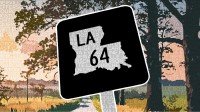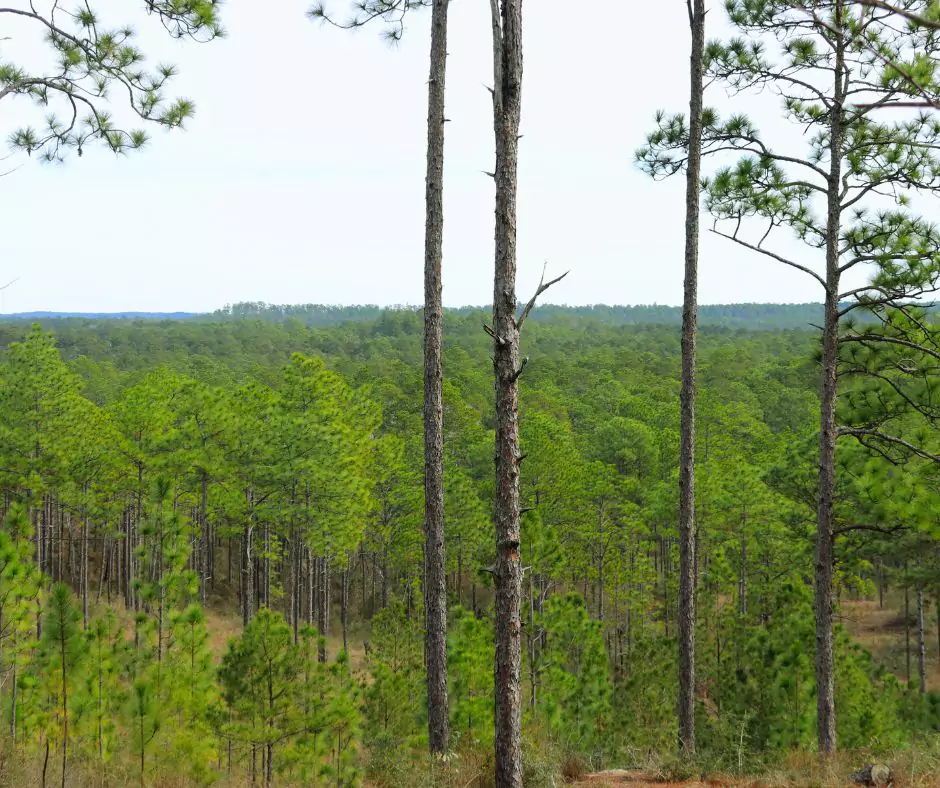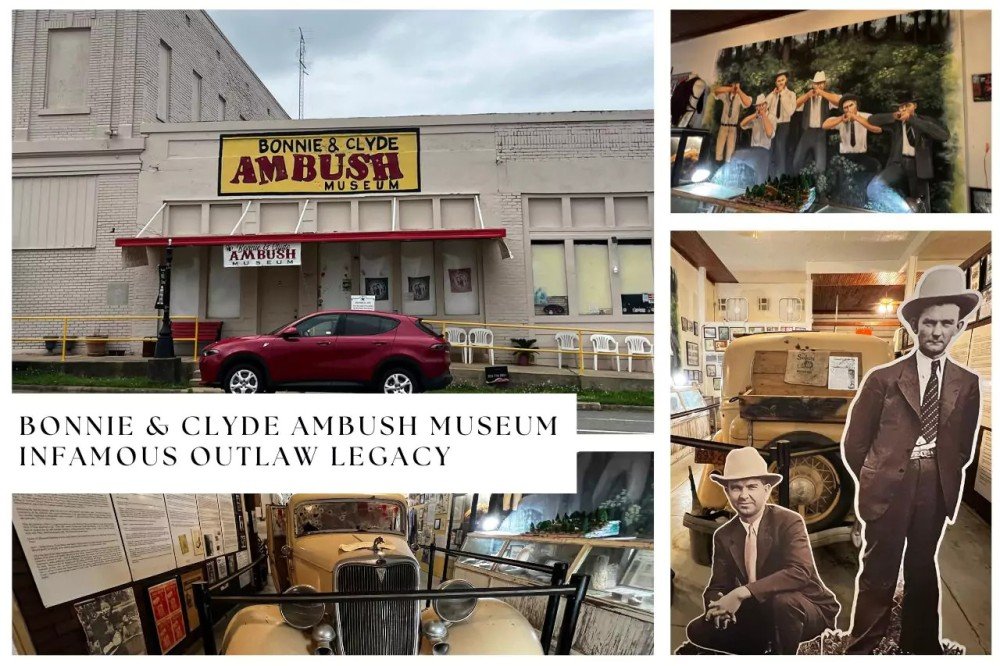Tucked away in central and northern Louisiana, Kisatchie National Forest is a hidden gem. Covering 604,000 acres across seven parishes, it is Louisiana’s only national forest, a rugged expanse of rolling pine-covered hills, dramatic sandstone bluffs, and crystal-clear bayous.
Unlike the swamps and bayous that dominate much of Louisiana, Kisatchie offers elevated terrain, making it one of the most diverse and breathtaking landscapes in the state. It is named after the Kisatchie Wold, an ancient geological formation, and has been managed by the U.S. Forest Service since its establishment in 1930.
Beyond conservation, Kisatchie is also a haven for outdoor adventurers, offering hiking, camping, fishing, off-roading, and scenic drives that showcase some of Louisiana’s most varied terrain.
Table of Contents
Why Kisatchie National Forest Matters
- One of the last remaining longleaf pine forests in the U.S.
- Home to rare and endangered wildlife, including the red-cockaded woodpecker and Louisiana pine snake.
- A top outdoor adventure destination, offering hiking, camping, fishing, and scenic drives.
- A critical conservation site, helping to restore Louisiana’s natural heritage.
The Vanishing Kingdom of the Longleaf Pine
The longleaf pine (Pinus palustris) once covered 90 million acres across the southeastern United States, but today, less than 5% of its original range remains due to deforestation, logging, and land conversion.
“The longleaf pine contributes so much to Louisiana’s environment and economy that it should be the honorary state tree,” states a report from the U.S. Forest Service.
Why Longleaf Pines Are Essential
1. A Biodiversity Hotspot
Kisatchie’s longleaf pine forests provide shelter for some of Louisiana’s rarest species:
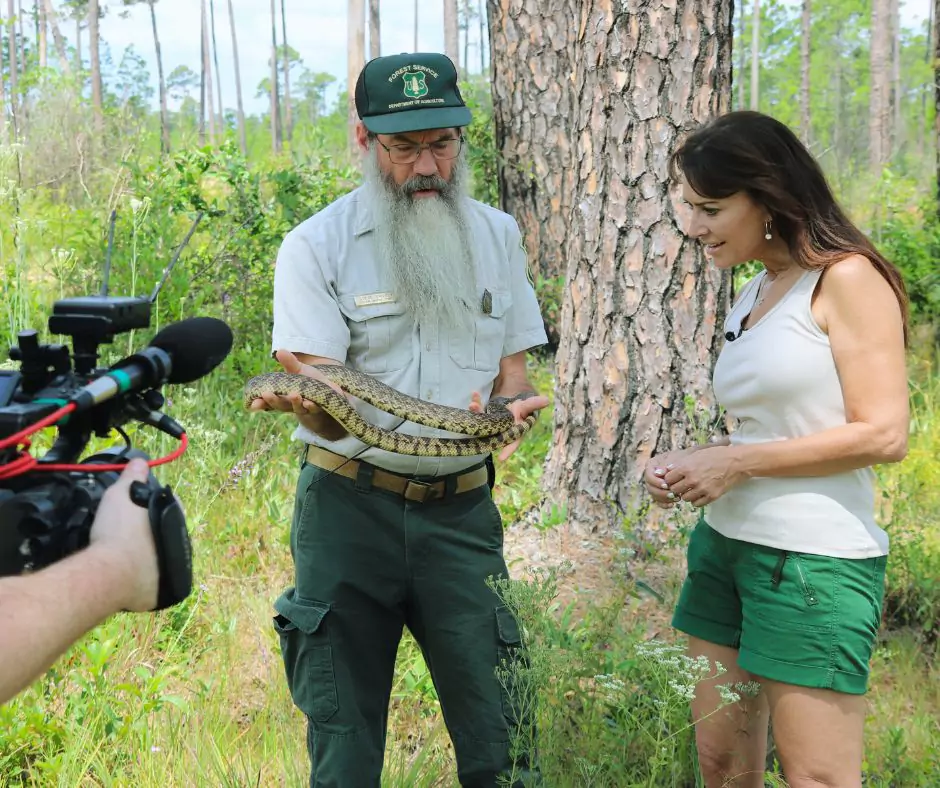
- Red-cockaded woodpecker – The only woodpecker species that nests in live trees, relying exclusively on old-growth longleaf pines.
“Right here, we’re standing in a longleaf pine tree that you can look up and see there’s a cavity,” says Lisa Lewis, Forest Supervisor of Kisatchie National Forest. “This is home to the red-cockaded woodpecker, which has recently been downlisted from endangered to threatened.”
- Gopher tortoise – A keystone species whose burrows provide homes for over 300 other animals.
- Louisiana pine snake – One of the rarest snakes in North America, found almost exclusively in longleaf pine ecosystems.
2. Cultural and Historical Significance
Longleaf pines have deep cultural and historical ties to Louisiana. Indigenous peoples, early settlers, and loggers relied on these forests for timber, resin, and habitat. The longleaf ecosystem was integral to the state’s economy in the past.
“The longleaf pine ecosystem is more than just trees. It represents a connection between history, culture, and conservation,” explains John Simpson, Deputy Ranger at Kisatchie National Forest. “Many of the logging traditions that built Louisiana towns started right here.”
3. Fire Ecology: Why Longleaf Pines Need Fire
Unlike other forests, longleaf pines rely on fire to survive. Controlled low-intensity burns clear out underbrush, prevent invasive species, and allow native grasses and wildflowers to thrive.
“If we don’t burn it, we lose it,” explains Lisa Lewis, Forest Supervisor of Kisatchie. “Fire keeps this ecosystem alive.”
4. A Defense Against Erosion and Climate Change
Longleaf pines are Louisiana’s first line of defense against hurricanes and climate change. Their deep root systems stabilize soil, preventing erosion and helping to filter water.
“These trees are essential for preventing erosion, especially after hurricanes like Laura, where massive tree loss made the land more vulnerable,” notes Steve Shively, Biologist at Kisatchie National Forest.
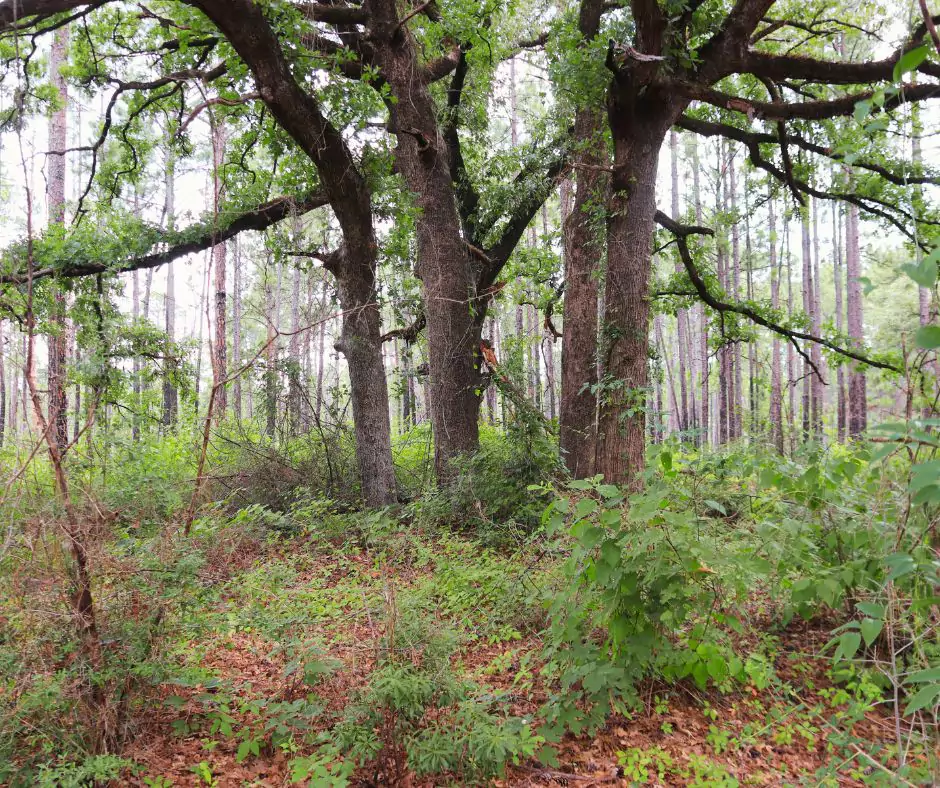
Despite their importance, longleaf pine forests continue to disappear. Fortunately, Kisatchie remains a stronghold for conservation and restoration.
5. Climate Resilience
Longleaf pine ecosystems are resilient to hurricanes, drought, and other extreme weather conditions, making them an important component of Louisiana’s natural landscape, especially in the face of climate change.
“Longleaf pines are one of the few tree species that can withstand major hurricanes. Their deep roots make them far more stable than other trees,” says Jim Caldwell, Public Affairs Officer at Kisatchie National Forest.
6. Economic Value
Longleaf pines are a valuable source of high-quality timber and resin, supporting local economies. Restoration projects also provide job opportunities in forestry and land management.
“The longleaf pine ecosystem isn’t just an environmental issue—it’s an economic one too. Reforestation efforts provide jobs, while healthy forests boost eco-tourism and sustainable logging,” explains Lisa Lewis.
The Longleaf Trail Scenic Byway: Louisiana’s Most Scenic Drive
The Longleaf Trail Scenic Byway is a 17-mile route through Kisatchie National Forest, offering breathtaking views of mesas, buttes, sandstone outcrops, and longleaf pine forests. Unlike most of flat Louisiana, this region has elevations ranging from 80 to 400 feet above sea level.
How to Access the Byway
- From Natchitoches, take Interstate 49 south to the Derry exit.
- Follow Louisiana Highway 119 south to Forest Service Road 59, which is the Longleaf Scenic Byway.
- The byway runs entirely through Forest Road 59, connecting Highway 117 on the west and Highway 119 on the east.
What to See Along the Route
- Longleaf Vista Recreation Area – A 1.5-mile interpretive loop trail with scenic overlooks of mesas, buttes, and pine-covered ridges.
- Kisatchie Bayou Recreation Area – A clear-water stream, perfect for camping, fishing, and hiking.
- The byway is open year-round, offering some of Louisiana’s best scenic views and access to recreational areas.
Hurricane Laura: The Storm That Destroyed Kisatchie
In August 2020, Hurricane Laura tore through Kisatchie National Forest, bringing 150 mph winds that flattened 20,000 acres of old-growth longleaf pines.
“These trees had stood for centuries. Some were nearly 9,000 years old. Then in one storm, they were gone,” recalls John Simpson, Deputy Ranger at Kisatchie.
The devastation was so extreme that it caught the attention of Hollywood filmmakers. The sci-fi movie 65, starring Adam Driver, used Kisatchie’s hurricane-ravaged landscapes as a backdrop for prehistoric Earth.
“A lot of the scenes in 65 were shot right here,” says Jim Caldwell, Public Affairs Officer.
But while Hollywood moved on, restoration efforts began immediately.
How the Kisatchie National Forest is Being Restored
After Hurricane Laura, conservationists launched a long-term effort to restore Kisatchie’s longleaf pine forests.
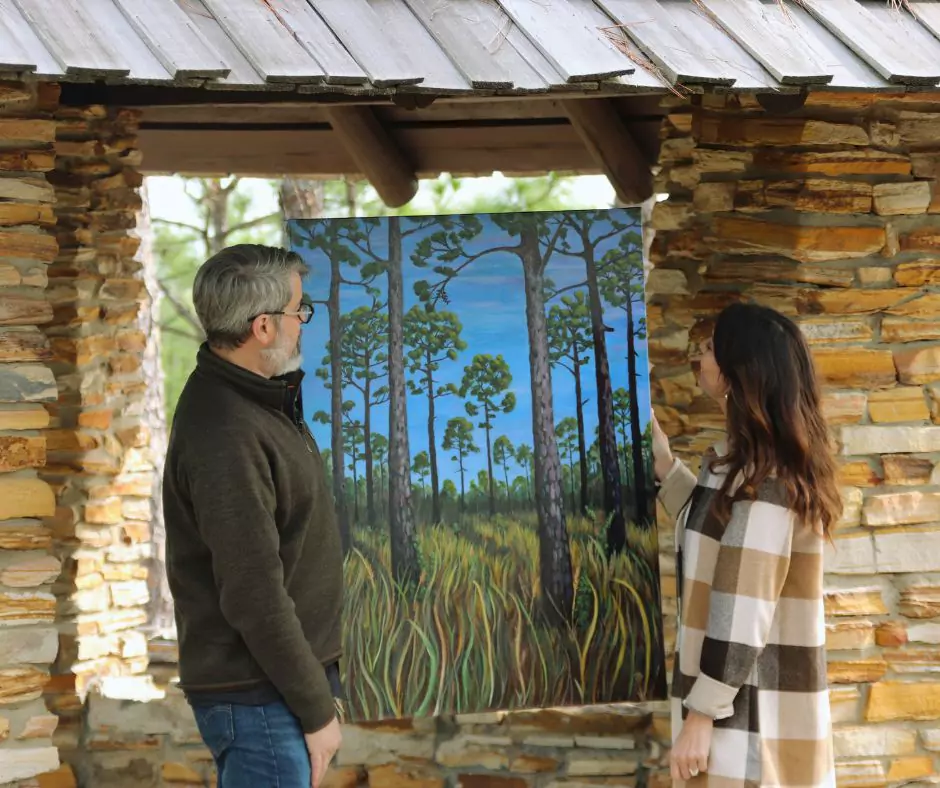
- More than 5,000 acres of saplings have been planted so far, but true recovery will take decades.
- The U.S. Forest Service and The Longleaf Alliance are working together to reintroduce prescribed burns and support endangered wildlife.
“These trees have adapted to fire for thousands of years,” says Lewis. “Without it, the whole system collapses.”
Outdoor Adventures in Kisatchie National Forest
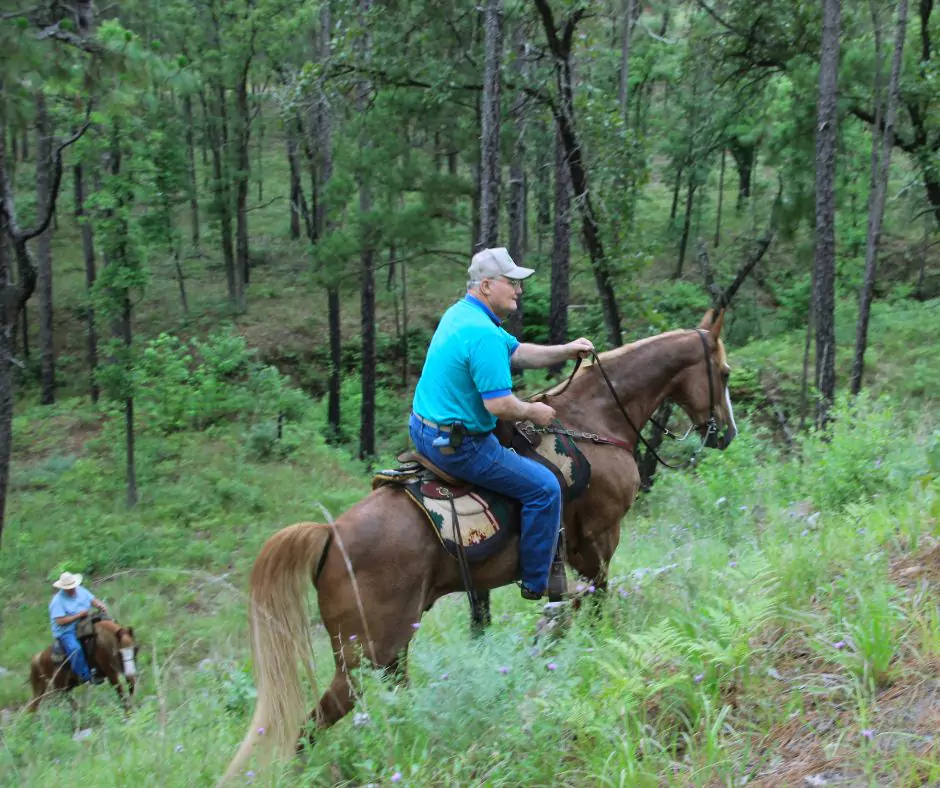
1. Hiking
- Wild Azalea Trail (31 miles) – The longest hiking trail in Louisiana, winding through old-growth longleaf pines and wildflower meadows.
2. Backpacking
- Backbone Trail (27 miles) – A backcountry route with steep ridges and stunning sandstone bluffs.
3. Camping
- Kisatchie Bayou Recreation Area – One of the most scenic camping spots, near a clear-water stream perfect for fishing and kayaking.
4. Fishing
- Kincaid Lake – A 2,600-acre reservoir, great for bass fishing and boating.
5. Off-Roading & ATV Trails
- Sandstone Multi-Use Trail – A 36-mile trail system for ATVs, dirt bikes, and horseback riding.
Frequently Asked Questions (FAQs) About Kisatchie National Forest
Where is Kisatchie National Forest?
Kisatchie is in central and northern Louisiana, spanning seven parishes.
What does Kisatchie mean in English?
The word “Kisatchie” comes from a Native American term meaning “long cane” or “cane-brake people.”
What national forest is near Alexandria, Louisiana?
Kisatchie National Forest is the closest national forest to Alexandria, with the Calcasieu Ranger District nearby.
What is the history of Kisatchie National Forest?
Established in 1930, Kisatchie was created to restore Louisiana’s disappearing forests after heavy logging. The U.S. Forest Service and the Civilian Conservation Corps (CCC) replanted the area, making it one of the most significant forest restoration projects in Louisiana’s history.
Is Kisatchie National Forest worth visiting?
Absolutely! Kisatchie is one of Louisiana’s most beautiful and ecologically important destinations.
Final Thoughts
Kisatchie National Forest is Louisiana’s last great wilderness, offering breathtaking landscapes, diverse wildlife, and endless outdoor adventures.
“If you stand still long enough, you can hear it—the wind whispering through the pines,” says Lisa Lewis.
And if Kisatchie disappears, so does that sound. Forever.
How You Can Help
- Visit Kisatchie National Forest and support eco-tourism.
- Donate to Longleaf Alliance.
- Support the U.S. Forest Service’s conservation programs.
Kisatchie’s story is still being written. Will we fight to protect it?
